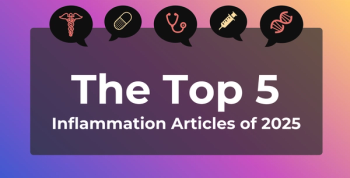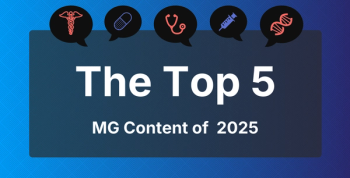
Technology Improves Glycemic Control in Type 1 Diabetes, but Disparities Widen
Key Takeaways
- Glycemic control improved with increased diabetes technology use, yet overall control remains low among T1D patients in the US.
- Significant disparities in glycemic control and technology use persist among Hispanic, non-Hispanic Black, and Medicaid-insured patients.
A national study finds technology use and blood sugar control are up in youths and adults with type 1 diabetes, yet racial, ethnic, and socioeconomic gaps persist.
Despite more youths and adults with
These findings are published in
“This is, to our knowledge, one of the largest studies of T1D in the US,” wrote the researchers of the study. “We included patients from different demographic backgrounds throughout the US. We had more than 15 years of contemporary clinical data and analyzed trends across the life span (age range, 2 to 88 years).”
Heritage, acculturation, and socioeconomic status have been found to shape diabetes and hypertension risk in Hispanic and Latino populations.2 A previous study found that across all heritages, less acculturated individuals with lower socioeconomic status faced the greatest burden—showing the highest prevalence and incidence of both conditions—whereas more acculturated individuals with higher socioeconomic status had the lowest risk.
Using a deidentified database of electronic health records, the researchers aimed to evaluate trends in glycemic control and diabetes technology use among US youths and adults with T1D between 2009 and 2023.1 Participants included individuals younger than 18 years and those 18 years or older with documented T1D, identified using diagnosis codes, laboratory results, and prescription records.
The study period was divided into 5 three-year intervals (2009-2011 through 2021-2023). Glycemic control was defined as a mean hemoglobin A1C (HbA1C) level of less than 7%, measured using laboratory data. Use of diabetes technology, including continuous glucose monitoring (CGM) systems, insulin pumps, and concurrent use of both, was determined through procedure codes, prescription records, and device-related diagnoses.
Trends over time were assessed, and results were stratified by age group, race, ethnicity, and insurance status.
Among 186,590 individuals with T1D (26,853 youths and 159,737 adults), the prevalence of glycemic control improved over the 15-year study period but remained low overall. In youths, control rates increased from 7% (95% CI, 7%-8%) in 2009-2011 to 19% (95% CI, 19%-20%) in 2021-2023, while in adults, rates rose from 21% (95% CI, 21%-22%) to 28% (95% CI, 28%-29%).
Additionally, CGM use increased from 4% to 82% in youths and from 5% to 57% in adults, insulin pump use rose from 16% to 50% in youths and from 11% to 29% in adults, and concurrent use of both devices grew from 1% to 47% in youths and from 1% to 22% in adults (P < .001 for all trends).
Despite these advances, glycemic control and technology use were consistently lowest among Hispanic, non-Hispanic Black, and Medicaid-insured patients, with disparities persisting or widening over time.
The researchers noted limitations to their findings. Data were identified using an algorithm, which may have misclassified some cases and may not represent all US patients, with higher missing HbA1C data among older and non-Hispanic Black individuals. Additionally, glycemic control data only reflected patients engaged in care, and analyses did not adjust for potential confounders or distinguish between closed- and open-loop insulin systems. Moreover, race and ethnicity data were not standardized, and technology use may have been underestimated if devices were obtained outside prescriptions.
Despite these limitations, the researchers believe the study finds that although glycemic control has improved significantly, overall prevalence remains low, especially among disadvantaged patient populations.
“In this cross-sectional study, there was a rapid increase in the use of diabetes technology and notable improvements in glycemic control among youths and adults with T1D during the past 15 years,” wrote the researchers. “Nonetheless, the prevalence of glycemic control remained low, and racial, ethnic, and socioeconomic differences grew over time.”
References
1. Fang M, Xu Y, Ballew SH, et al. Trends and disparities in technology use and glycemic control in type 1 diabetes. JAMA Netw Open. 2025;8(8):e2526353. doi:10.1001/jamanetworkopen.2025.26353
2. Santoro C. Diabetes risk driven by economic disparity in Hispanic, Latino communities. AJMC®. March 28, 2025. Accessed August 13, 2025.
Newsletter
Stay ahead of policy, cost, and value—subscribe to AJMC for expert insights at the intersection of clinical care and health economics.







































